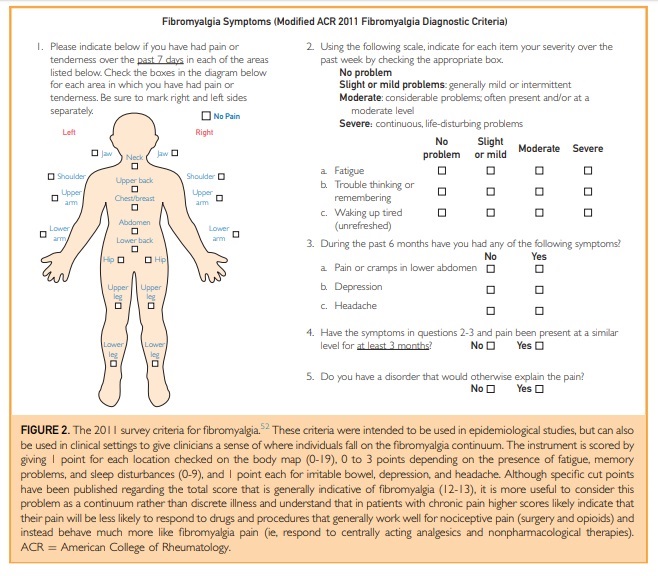As a physiotherapist, I see many patients with low back pain (LBP). The type of intervention varies from patient to patient, and moderate treatment effects are observed. LBP is a well-known health problem with high socioeconomic costs (Hoy et al., 2012). Many people attend primary care physiotherapists with this problem. Several patients will recover within six weeks (Menezes Costa et al., 2012). However, 42% - 72% of patients develop chronic LBP (Hestbaek et al., 2003). Neurophysiological changes play a role in prolonged LBP. Increasing evidence shows that the phenomenon of central sensitization can occur in people with (chronic) LBP. Roussel et al. (2013) and recent a meta-analysis (den Bandt et al. 2019) revealed that about 25% of the people with (chronic) LBP show the characteristics of central sensitization. A tailor-made treatment for (chronic) LBP would be desirable, hoping to get better treatment effects for this health problem. Developing subgroups in the large group of people with (chronic) LBP could add value to clinical practice.
Aoyagi et al. (2019) tried to differentiate between people with chronic LBP with and without the symptoms of central sensitization. They recruited 46 participants with chronic LBP and 22 pain free controls. All of them completed demographic information (age, gender, BMI, and race), several questionnaires (Numeric Rating Scale (NRS), Oswestry Disability Index (ODI), Pain Catastrophizing Scale (PCS), Fear-Avoidance Belief Questionnaire, Beck Anxiety Inventory (BAI), and Beck Depression Inventory (BDI)). Central sensitization was assessed by the 2011 Fibromyalgia (FM) survey and all participants underwent Quantitative Sensory Testing (QST) (pressure pain threshold (PPT) and conditioned pain modulation (CPM) test). The PPT measurements were performed at the thumbnail and the midline of the lower back in the interspace between L5/S1. The conditioning stimulus during the CPM measurements consisted of a wide pressure cuff applied to the upper arm. The participants with chronic LBP were divided into two groups: FM positives and FM negatives by using the cut off score of this questionnaire. Results indicated higher pain intensities and significant more widespread pain locations in the group of FM positives compared to the group of FM negatives. All QST outcomes were significant lower in the FM positive group compared to the FM negative group. The FM positive group showed significant poorer function, significant more severe pain catastrophizing, significant more anxiety and depression compared to the FM negative group. These findings suggest a subgroup within the large population of chronic LBP in which central sensitization is the dominant pain mechanism.
The results of this study are promising. It creates possibilities for further research to validate tools to assess central sensitization and interventions targeting the underlying pathophysiological mechanisms. As a physiotherapist and researcher I am very curious what further research will bring us.
Hester den Bandt
2020Pain in Motion

References and further reading:
Aoyagi K, He J, Nicol AL, et al. A Subgroup of Chronic Low Back Pain Patients With Central Sensitization. Clin J Pain 2019:35: 869-879. https://www.ncbi.nlm.nih.gov/pubmed/31408011
den Bandt HL, Paulis WD, Beckwee D, Ickmans K, Nijs J, Voogt L. Pain Mechanisms in Low Back Pain: A Systematic Review With Meta-analysis of Mechanical Quantitative Sensory Testing Outcomes in People With Nonspecific Low Back Pain. J Orthop Sports Phys Ther. 2019;49(10):698-715. DOI:10.2519/jospt.2019.8876
Hestbaek L, Leboeuf-Yde C, Manniche C. Low back pain: what is the long-term course? A review of studies of general patient populations. Eur Spine J. 2003;12(2):149-165. https://www.ncbi.nlm.nih.gov/pubmed/12709853
Hoy D, Bain C, Williams G, et al. A systematic review of the global prevalence of low back pain. Arthritis Rheum. 2012;64(6):2028-2037. https://www.ncbi.nlm.nih.gov/pubmed/22231424
Menezes Costa da CL, Maher CG, Hancock MJ, McAuley JH, Herbert RD, Costa LO. The prognosis of acute and persistent low-back pain: a meta-analysis. CMAJ. 2012;184(11):E613-624. https://www.ncbi.nlm.nih.gov/pubmed/22586331
Roussel NA, Nijs J, Meeus M, Mylius V, Fayt C, Oostendorp R. Central sensitization and altered central pain processing in chronic low back pain: fact or myth? Clin J Pain. 2013;29:625-638. https://doi.org/10.1097/AJP.0b013e31826f9a71